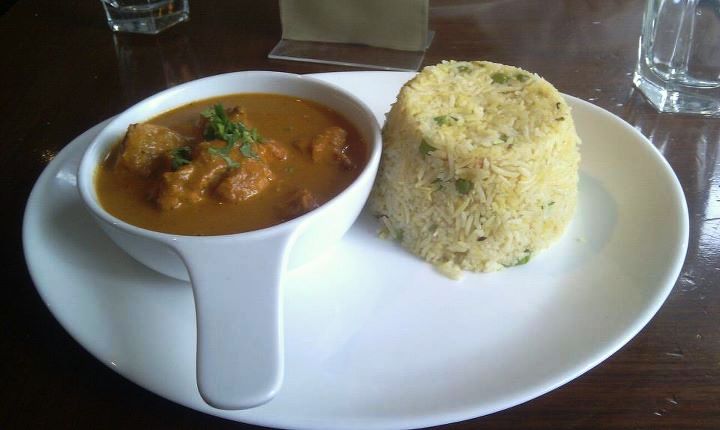As part of India Week we interviewed the brilliant comedian Inder Manocha about his heritage and how he got in to stand-up:
Tell us about your Indian and British heritage?
My parents are from India, although my mother's background is Iranian. I was born in London and have been to India once, to visit the Baha'i Lotus Temple in New Delhi. I have inherited more 'Indianness' than I probably realise. Even though I don't speak any of the languages, I feel very Indian sometimes: my views on family, the way I can express myself, my mannerisms. But I can also be very English.
What was it like being a student at Oxford University?
This was Oxford in the late 80s. I was one of very few ethnic minority students. In fact I was a bit exotic. I went back recently to do a show and it was very different. Oxford was fine but a bit of a museum. A very traditional approach to my course (I studied modern history). I did a few plays and loved that. That kept me going.
How did you get into the world of comedy and acting?













